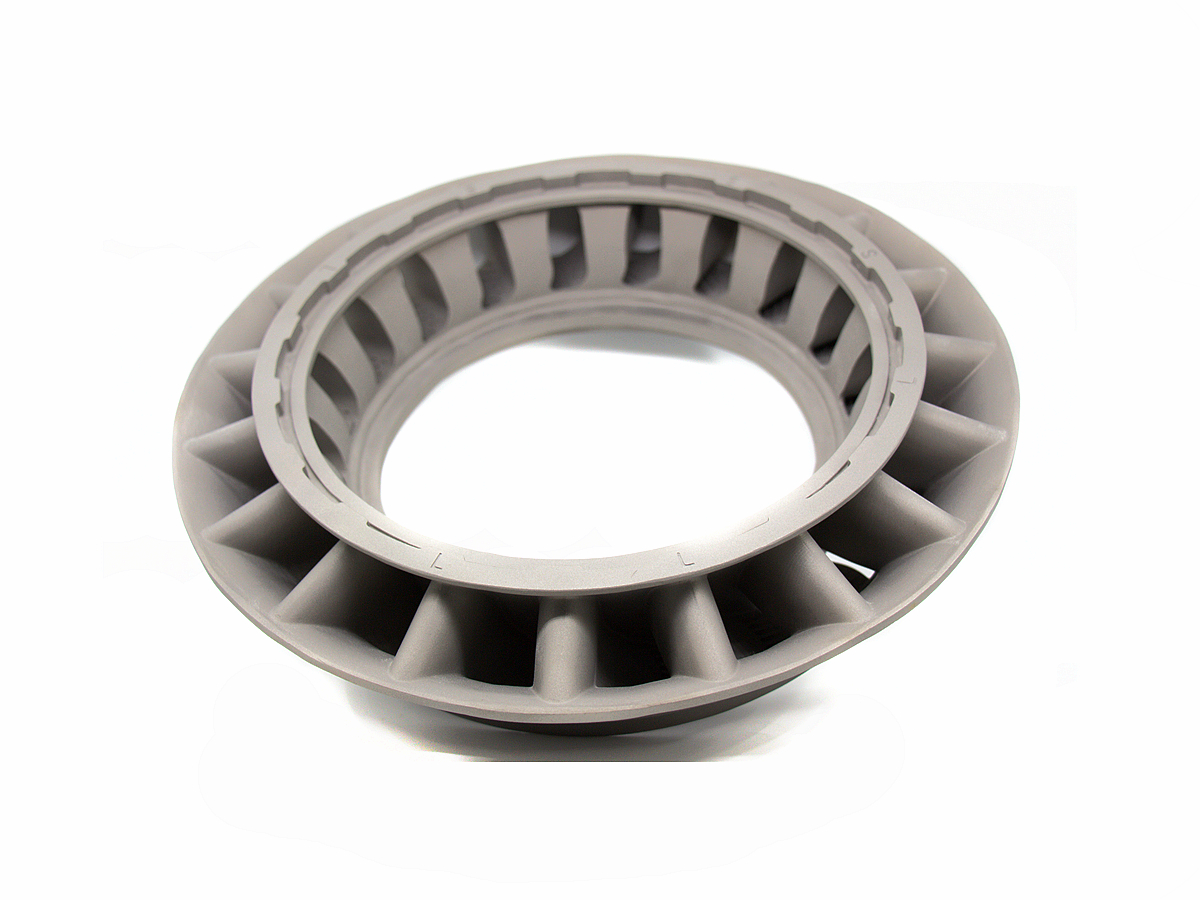Aerospace Excellence: Investment Casting Parts Enhancing Aircraft Engine Performance
Investment casting is a cornerstone technology in aerospace manufacturing, essential in producing intricate, high-performance aircraft engine components. Aerospace engines operate under extreme conditions, routinely facing temperatures beyond 1000°C and experiencing immense mechanical stresses. Such demanding conditions necessitate parts that are durable, dimensionally precise, and resistant to thermal fatigue.
Aerospace manufacturers heavily rely on precision investment casting to meet these challenging demands. The aerospace industry ensures aircraft engines' safety, performance, and efficiency through meticulous casting processes, high-quality materials, and advanced surface treatments. The process allows manufacturers to produce complex, lightweight components that reduce overall aircraft weight, contributing to enhanced fuel efficiency and reduced emissions, crucial in today’s competitive aviation industry.
Aerospace Investment Casting Process: Ensuring Component Precision
The aerospace industry requires parts with uncompromising quality and consistency. Vacuum investment casting is the standard method for manufacturing critical aerospace components because it produces high-integrity castings with minimal defects. Vacuum casting removes atmospheric contamination by creating an oxygen-free environment, thus significantly reducing oxide inclusions and porosity, resulting in exceptional material purity and superior mechanical properties.
Specialized techniques, including single-crystal casting, are essential for manufacturing components such as turbine blades. In single-crystal casting, careful control of the solidification process ensures the component forms a single, continuous crystal structure. This uniform orientation dramatically improves creep resistance and fatigue life, especially at temperatures exceeding 1200°C.
Similarly, aerospace manufacturers employ superalloy directional casting techniques to control the growth of grains in a specific orientation. Directional solidification enhances mechanical strength along critical axes, ideal for components experiencing directional stresses. Another variation, equiaxed crystal casting, produces randomly oriented grains and is frequently used for less critical aerospace components requiring cost-effective production without compromising fundamental mechanical properties.
Typical Investment Casting Materials in Aerospace
The effectiveness of investment casting in aerospace applications hinges upon careful material selection. The aerospace sector extensively utilizes high-temperature-resistant superalloys and specialty alloys to achieve maximum performance under extreme conditions. Below are several crucial aerospace alloys and their characteristics:
Inconel Alloys: Known particularly for Inconel 718, this alloy offers outstanding oxidation and corrosion resistance and tensile strengths over 1400 MPa. Its high-temperature stability (up to 700°C) makes it a prime choice for turbine blades, combustors, and exhaust system components.
CMSX Series: Single-crystal superalloys such as CMSX-4 possess exceptional creep resistance and tensile strengths exceeding 1200 MPa even at temperatures approaching 1100°C. These alloys significantly improve turbine blade durability in modern, high-performance jet engines.
Titanium Alloys: Titanium alloys, specifically Ti-6Al-4V, provide unmatched strength-to-weight ratios, corrosion resistance, and compatibility with composite materials. With tensile strengths reaching above 950 MPa, titanium alloys are frequently employed in structural engine components, airframe sections, and compressor blades.
Rene Alloys: Rene alloys, such as Rene 80, excel in fatigue resistance, particularly under cyclic loads, offering tensile strengths of approximately 1300 MPa and stable performance at temperatures up to 980°C. Rene alloys are typically used in turbine wheels, rotor discs, and structural engine components.
Hastelloy Alloys: Hastelloy alloys, notably Hastelloy X, demonstrate remarkable corrosion and oxidation resistance, retaining structural integrity at sustained operating temperatures up to 1200°C. Components such as combustion chambers and afterburners frequently utilize this alloy.
Advanced Rapid Prototyping Methods in Aerospace
Rapid prototyping accelerates the aerospace development cycle, offering critical insights into complex designs and facilitating faster component validation. Aerospace manufacturers commonly employ the following rapid prototyping methods:
Superalloy CNC Machining: This method rapidly produces precision prototypes with dimensional accuracy within ±0.002 inches. CNC machining allows aerospace engineers to quickly validate designs, conduct structural tests, and confirm aerodynamic properties before entering full-scale production.
Superalloy 3D Printing: Using Selective Laser Melting (SLM), superalloy 3D printing builds complex components layer-by-layer. This method significantly reduces prototype production timelines—up to 50% faster than traditional casting—and is invaluable in accelerating design iterations and performance testing.
Custom Parts Machining: Custom machining combines traditional machining with advanced computer-assisted technology, ensuring flexibility, rapid turnaround, and accurate replication of intricate designs. Custom machining expedites validation cycles, providing aerospace engineers with quick feedback on performance and manufacturability.
Essential Surface Treatments for Aerospace Investment Casting Components
Post-processing surface treatments are essential for enhancing the performance and durability of aerospace investment castings. The following treatments significantly improve component life and efficiency:
Hot Isostatic Pressing (HIP): HIP treatment eliminates internal porosity, reducing microscopic defects by up to 99.9%. This process notably enhances fatigue resistance, ensuring optimal component reliability under repetitive and high-stress conditions.
Thermal Barrier Coatings (TBC): Ceramic coatings, typically yttria-stabilized zirconia (YSZ), effectively decrease component surface temperatures by approximately 150°C. TBC greatly extends the service life of turbine blades, vanes, and combustor parts by protecting components from extreme thermal loads.
Heat Treatment: Precise heat treatment, including solution and aging processes, optimizes the alloy’s microstructure, significantly enhancing tensile strength. For instance, properly treated Inconel 718 can exceed tensile strengths of 1400 MPa.
Electrical Discharge Machining (EDM): EDM technology offers unparalleled precision machining, achieving accuracies within ±0.001 inches. EDM ensures that aerospace parts meet stringent dimensional requirements, particularly for complex features difficult to machine conventionally.
FAQs:
What makes investment casting ideal for aerospace applications?
Which materials are commonly used for aircraft engine investment casting?
How does post-processing improve investment cast aerospace parts?
What are the differences between single crystal, equiaxed, and directional casting?
How do rapid prototyping methods benefit aerospace component development?

